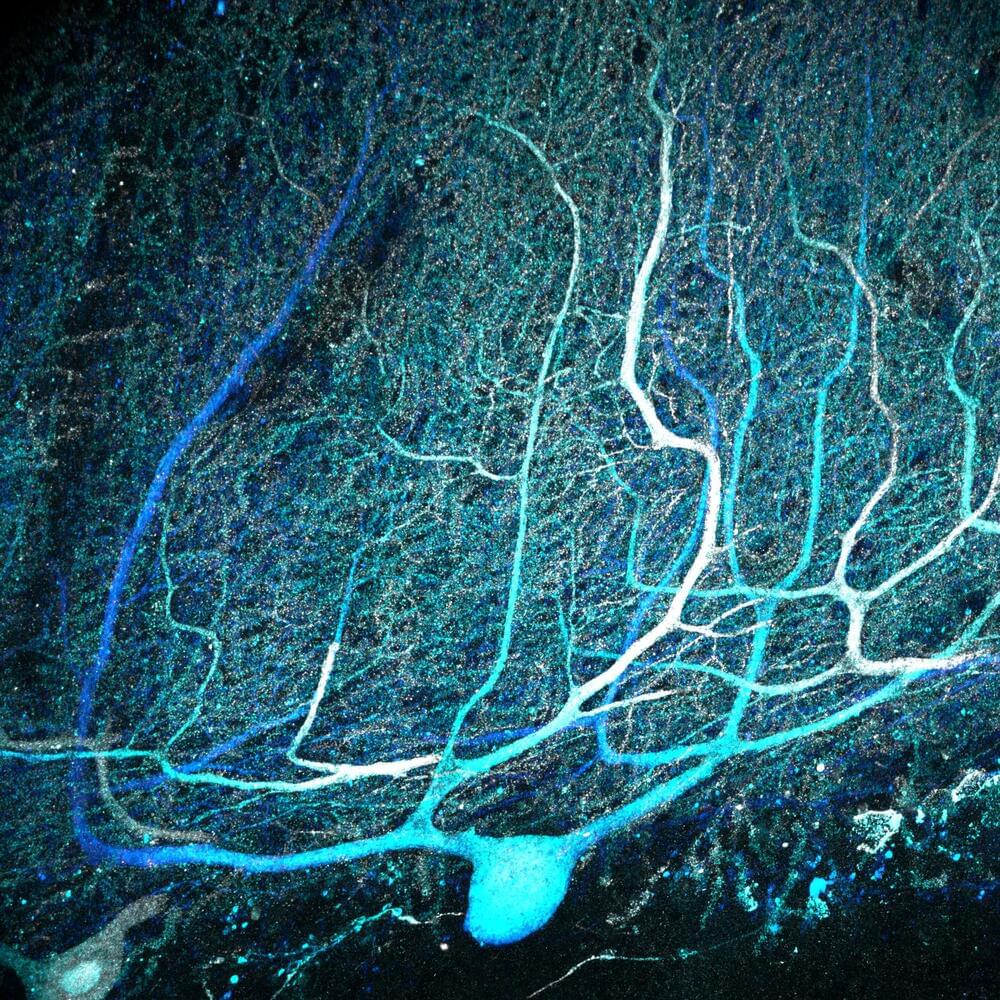The STAR party’s vision for Canada includes the research and development of self sustainable Mobile Airborne Cities; or Airborne Arcologies. Being an obviously semi-long term goal, the objective would be to at first, allocate budgeting towards research and development of components to build this project in a phased manner… and the scaling of the project as technology allows for it.
Phase I: research and development of scalable micro-prototypes.
Phase II: multiple prototype development / testing stages.
Phase III: Final modifications, and testing of Finished Model.
Phase IV: aircity one digital-testing / infrastructure development.
Phase V: aircity production facility development.
Phase VI:… More
In 1906, Spanish scientist Santiago Ramón y Cajal won the Nobel Prize for his pioneering studies of the microscopic structures of the brain. His famous drawings of Purkinje cells in the cerebellum show a forest of neuron structures, with multiple large branches sprouting from the cell body and splitting into beautiful, leaf-like patterns.
Although these early depictions captured multiple dendrites extending from the cell body, the prevailing wisdom among neuroscientists to this day is that Purkinje cells have just one primary dendrite that connects with a single climbing fiber from the brain stem. New research titled, “Climbing fiber multi-innervation of mouse Purkinje dendrites with arborization common to human,” from the University of Chicago published in Science shows that Cajal’s drawings were accurate all along, however—nearly all Purkinje cells in the human cerebellum have multiple primary dendrites.
Further studies in mice showed that about 50% of their Purkinje cells have this more complex structure too, and of these cells, 25% receive input from multiple climbing fibers that connect with different primary dendrite branches. Experiments recording cell activity in live mice also revealed that the primary branches can be activated independently, responding to different stimuli from the environment.
